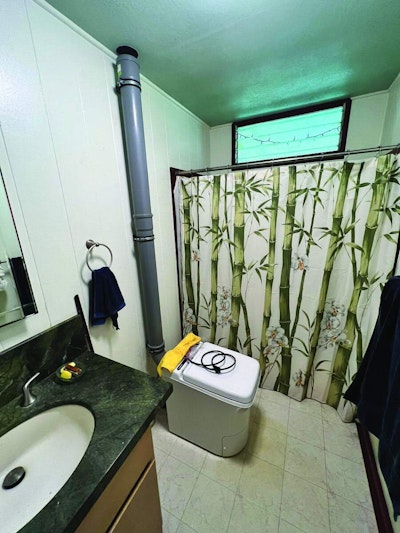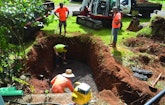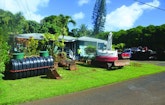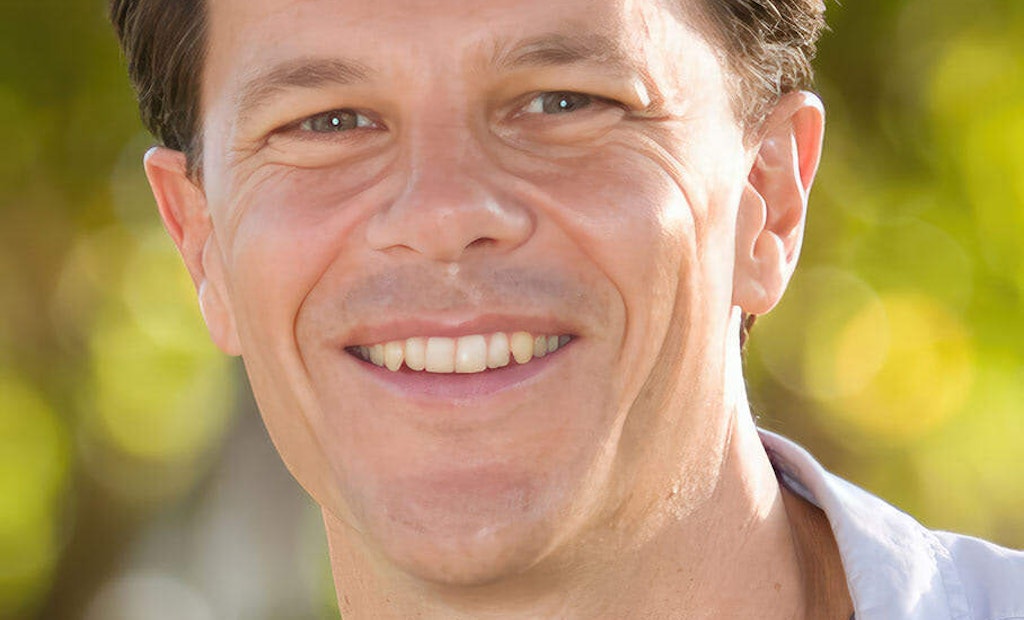Hawaii plans to eliminate cesspools, and although that’s a big task, Wastewater Alternatives & Innovations sees this as a way to jump far ahead in the use of onsite technology. The organization put together a $30,000 system on the island of Kauai that uses a Cinderella...
Hawaii Grapples With Lofty Cesspool Replacement Goals
One new project combines an incinerating toilet and small onsite system for treating kitchen wastewater for residential use
Popular Stories
Discussion
Comments on this site are submitted by users and are not endorsed by nor do they reflect the views or opinions of COLE Publishing, Inc. Comments are moderated before being posted.










